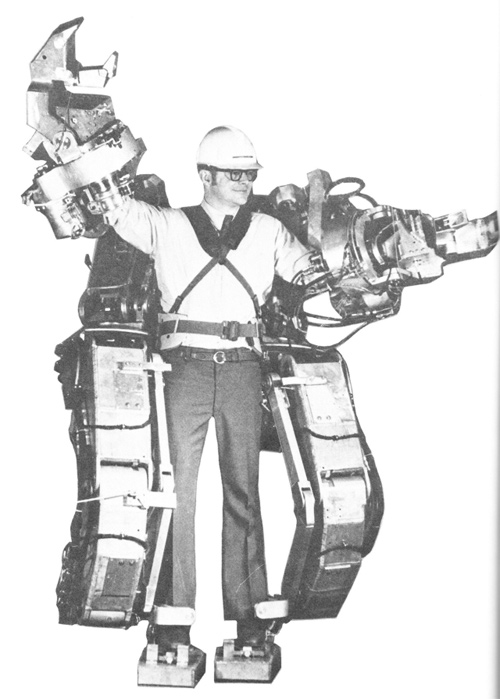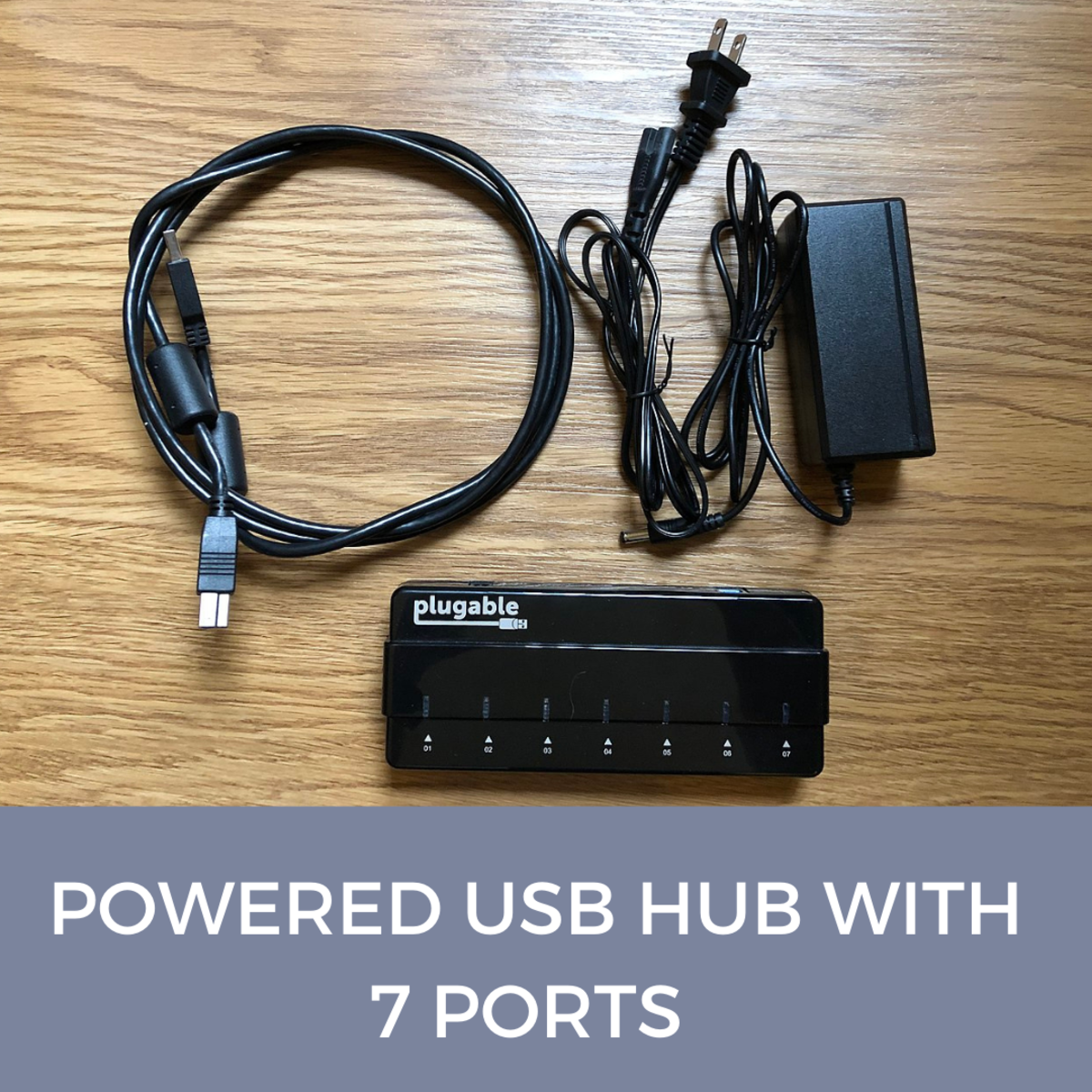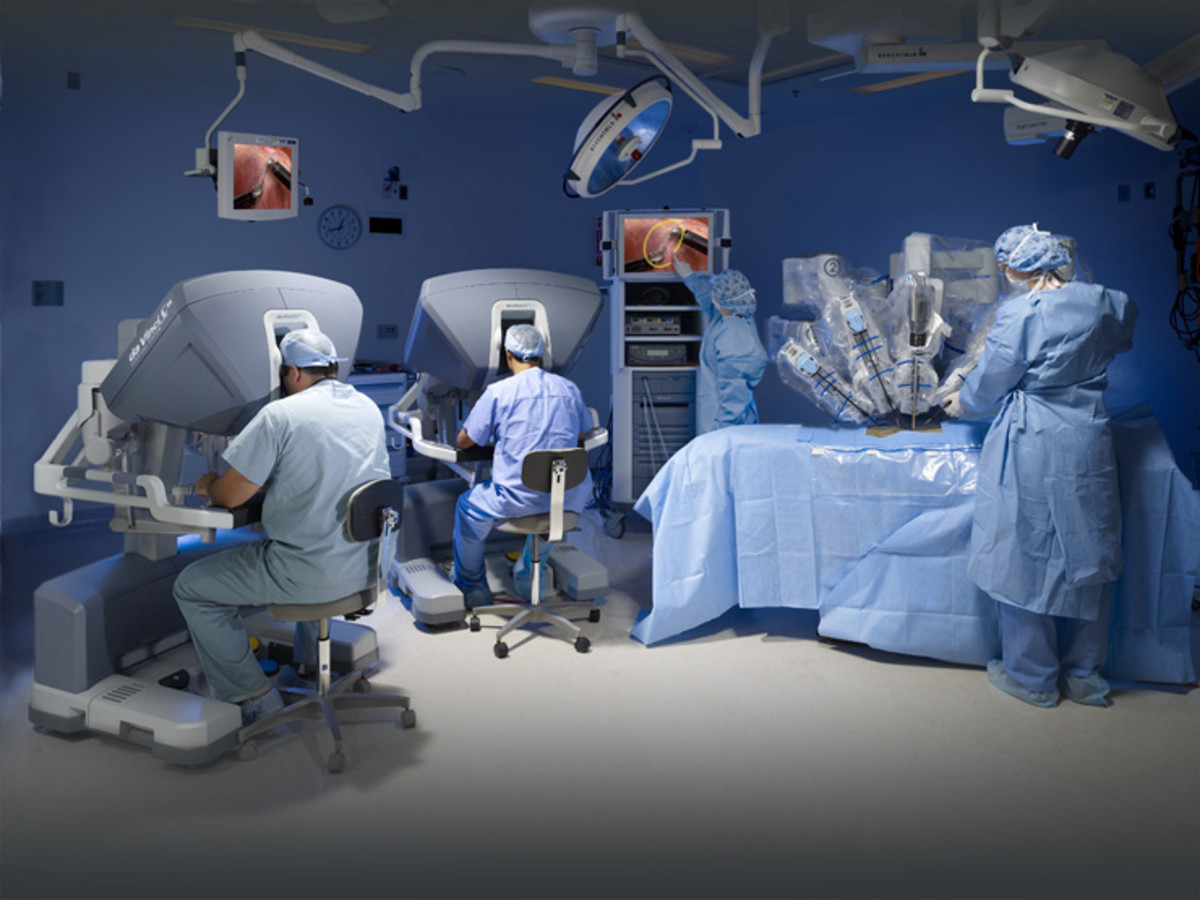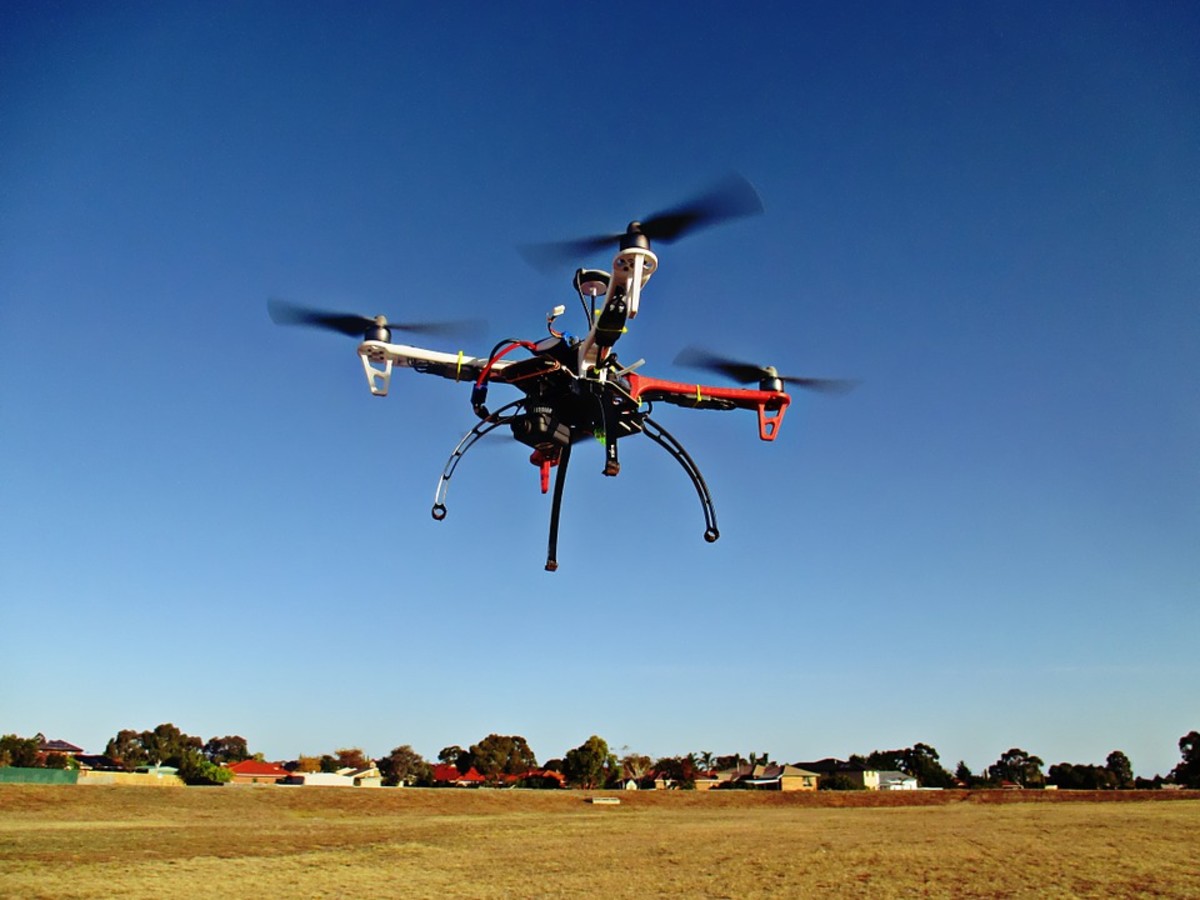Human Robotic Exoskeletons and Military Suits
Introduction
We all want superpowers, don't we? Of course throughout history the only way to attain super strength or endurance has been to train rigorously. Who has the time and motivation for that? A rare breed of human. So for all of us normal people who can't bench 1075 lbs, how are we supposed to fulfill our superpower desires?
I saw Ironman 2 on the opening weekend, and I wasn't the only one...it grossed $130 million! This proves that people have a fascination with powered exoskeletons. A powered exoskeleton, as you might have guessed, is a big fancy name for what the Ironman suit is.
So are powered exoskeletons a reality? Cydro set out to find out in this hub.

Idea vs. Practicality
If I wrote this same hub 10 years ago it would only dampen your spirits. The idea of a powered exoskeleton has been around since the 1960s, when the U.S. government asked for one. G.E. responded, and actually had a prototype. The problem? It weighed 1,500 lbs. That is less like a suit and more like a tank. Also, you have to remember they didn't even have practical calculators back then. The suit was prone to violent uncontrolled movements. So when they asked for "Any volunteers to try it?", you can only imagine the response they received. I'm going to take a gander they paid that guy a hefty sum to pose in it. Either that, or he's actually very evil. We've come a long way since then when you take into account that an Iphone can video chat someone 2,000 miles away in real-time, and do all that calculator hubba jubba too. So surely we have tried again for a practical solution?
Rex Robotic Exoskeleton
ReWalk system
Berkley eLegs
Anti-wheelchair movements
Most people think of these power exoskeletons as a means to fight a war. Instead, many exoskeleton developers are turning to the commercial market. Specifically, helping people who are forced into wheelchairs. These suits can amazingly help them walk!
Monty Reed was in the Army and was injured in a parachute accident. He came up with a prototype LIFESUIT that helped people in wheelchairs walk. Ever since then he has been touring the country on a "They Shall Walk" mission and even have a museum in Seattle. Reed made a promising suit ahead of its time, however it hasn't changed much since the original model. There are other efforts being made to push the frontier of powered exoskeletons for paraplegics.
Commercialized exoskeletons have been dormant in the news until the last two or three years. There are now three contenders to the market for paraplegics, and I have them ranked from three to one right here:
3. Rex robotic exoskeleton- Set to release in 2011, the REX robotic exoskeleton is basically a pair of robotic legs worn outside the clothes. It's controlled by a joystick and moves kind of slowly...but if you watch the video to the right, it is life-changing for someone who has lost all movement in their legs. It can turn around and go in just about any direction you please. Maybe it is a first step toward eliminating the wheelchair for those who can afford it. Current models last about 3-4 hours on a full charge. It also weighs about 80 lbs.
Advantages: Easiest medical exoskeleton to slide in and out of. If someone is only disabled in their legs, they can transfer themselves from the wheelchair into the REX without assistance.
Disadvantages: Current Cost: $150,000
2. ReWalk robotic exoskeleton- It only weighs 33 lbs, and set to come out by the end of 2011. It does require the ability to move the arms in a crutch-like manner, but still it is very lightweight and is very advanced in its sensors. Also, it only costs around $100,000.
Advantages: It uses sensors and algorithms to move the exoskeleton by detecting small movements in the center of gravity. This provides a control system that requires little thought once mastered.
Disadvantages: Not many. However, the battery can only last 3.5 hours.
1. Berkley's Bionic eLegs- Already being produced, the eLegs are the most promising exoskeleton for wheelchair users that I've seen. The computer motion sensors on this exoskeleton are very advanced, and they require minimal training to use. The speed isn't that fast at around 2 mph (still currently one of the fastest), however it is relatively light (45 lbs).
Advantages- whether most exoskeletons are forced to be tethered to a power supply, this ones' battery can last for 6 hours. 6 hours is like years compared to most exoskeletons.
Disadvantages: Perhaps slow movement. The design can only improve though. Also it is hard to slide into it.
Military Exoskeletons
Now I'm going to focus on what will take down the bad guys in the future. There are two different types of developments for exoskeletons currently, as reported by Popsci. They both take different approaches to address the largest issue of power supply. One approach is to attempt to create a very energy efficient system. Most of these are designed for mostly the legs, in fact Gizmag reports that one model is currently under military evaluation. The other type is to create an exoskeleton that is high performance and intends to fulfill DARPA's lofty dreams. However, they still have to be tethered because from what we know there is no power supply that can keep them going for more than 45 minutes.
Projects that are in the spotlight
HULC system by Lockheed Martin-- Capable of 72 hours powered movement untethered, the HULC is the most practical exoskeleton because of its lightweight free movement. It allows to user to carry 200 lbs much easier than without the suit. It augments the strength of the user, and can even sustain 10 mph bursts. 10 mph is of course a 6 minute mile. That's pretty fast--and so the U.S. military is now doing biomechanical tests on the suit. If it passes, it will go into field testing.
XOS-2 system by Raytheon-- The XOS 2 is an amazing suit, but it still can't function for long without being plugged in. The "pilot" of this suit was able to do a couple of hundred pulldowns at a weight of 200 lbs without breaking a sweat. The reason he quit? He was bored. This suit offers the ability to pick up large weights fast and for as long as the battery lasts, which could prove very useful from a logistics standpoint. It is capable of basic mobility, however currently isn't as proficient at running as the HULC suit is. The other drawback--it can only run for about 45 minutes without the tether. Once the power supply problem is solved though, it can also mount "accessories." One can only imagine what that means. Also, it just received a $10 million grant from DARPA. This could of course mean that the power supply problem is a thing of the past.
HAL (Hybrid Assistive Limb) 5-- Maybe not purely a military instrument, it still might be the most practical and advanced exoskeleton out there. If that name sounds familiar, it might be because it is the machine that stars in the Terminator movies. Coincidence? No, the company's name is Cyberdyne. Probably the coolest thing about this suit is that it moves by sensing the signals your brain sends to your muscles...so the exoskeleton and your muscles are receiving the same directions. Also, it only weighs about 50 lbs in the full body form. Capabilities include powered assistance for over 2.5 hours, and it can lift moderate weights rather easily. Some might be impressed with its (relative) affordability... $42,000 for the suit, or $600/month rent. It is currently in production, whereas other suits I've covered are only prototypes.





